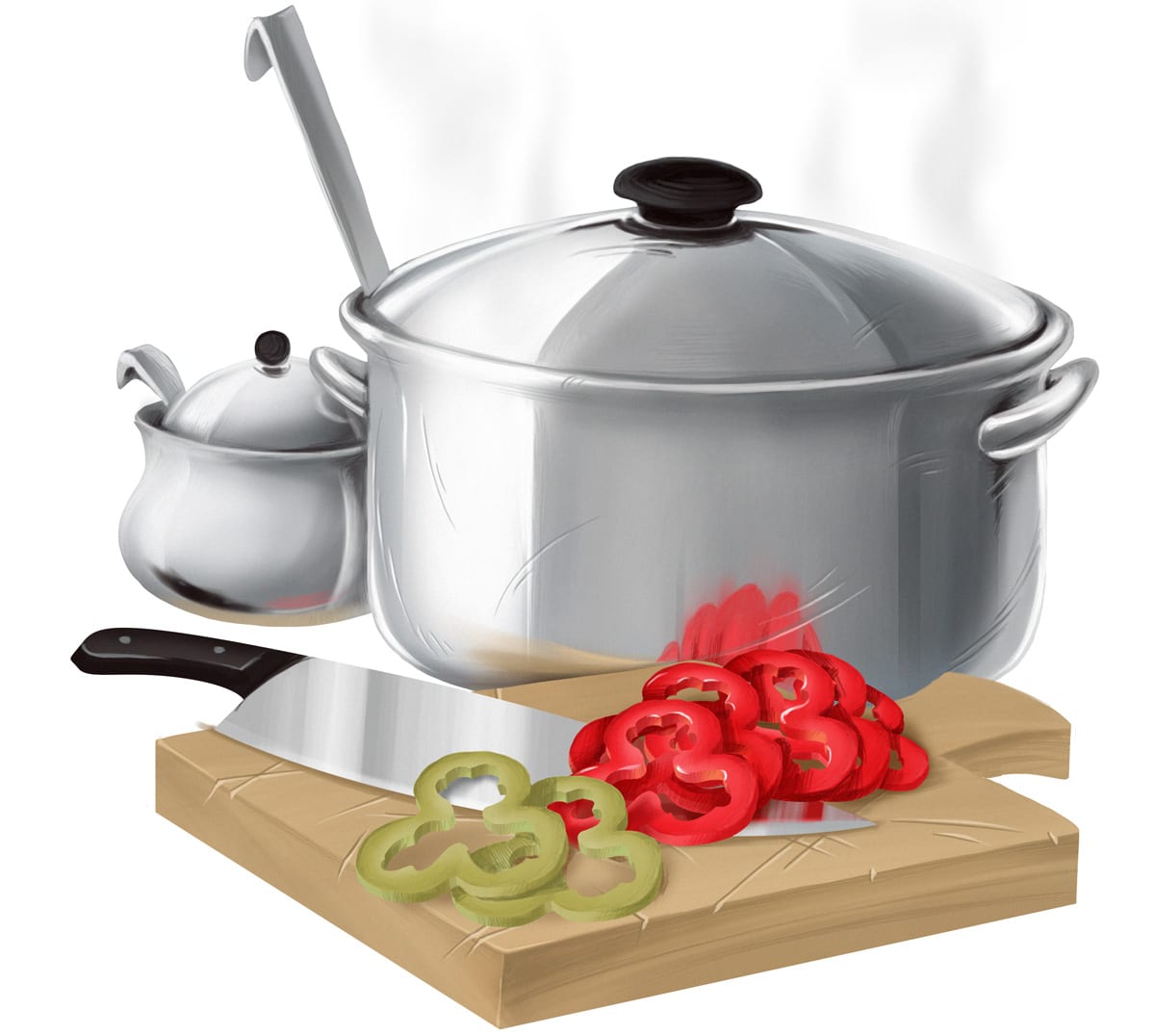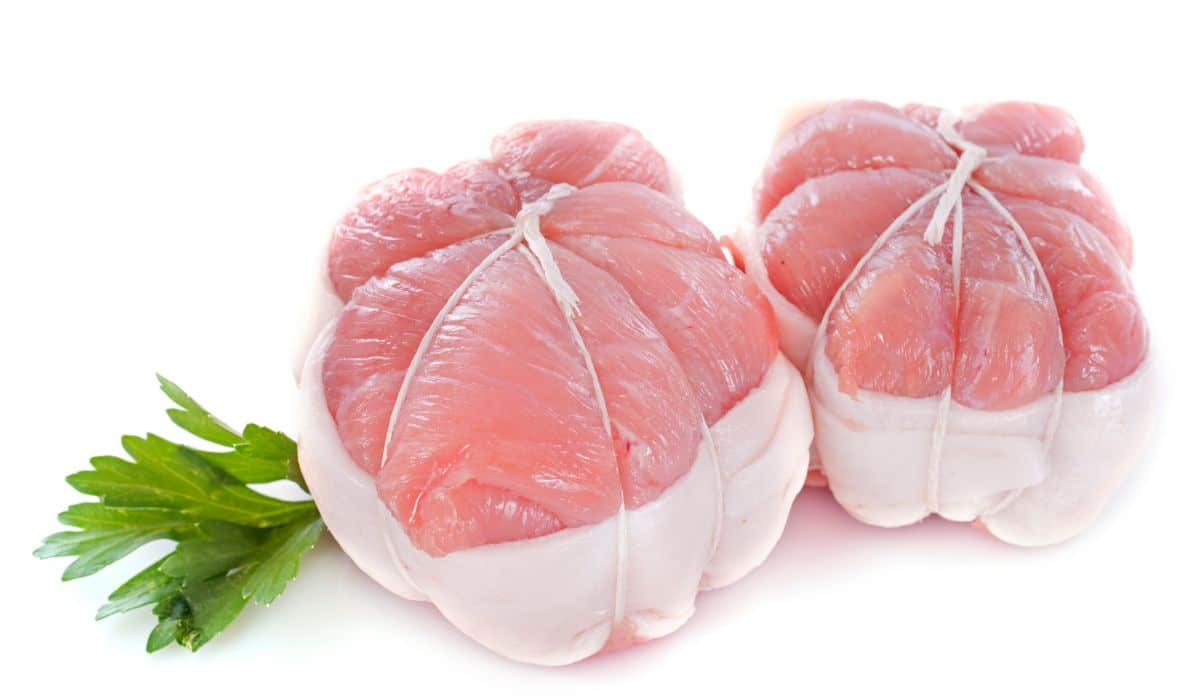
Histamine sensitivity is tricky to diagnose, because the symptoms are often very vague, and not obviously connected to any particular food. Some people notice allergy-like reactions (itching, rashes, wheezing, or skin sensitivity); others have totally different symptoms like constipation, stomach upset, or brain fog. Histamine intolerance is quite rare, but it does exist, and even doctors don’t have a better method of diagnosis than an elimination diet (on the bright side, at least this means that you can get the most advanced method of treatment at home!).
Avoid foods very high in histamines:
Aged or Fermented Foods:
- Kimchi, sauerkraut, yogurt or kefir, kombucha, aged cheese, alcohol of any kind, vinegar, coconut aminos, and cured meat.
Meat:
- Fish and seafood (especially canned or smoked fish)
Reduce foods moderately high in histamines:
Vegetables:
- Spinach, eggplant, mushrooms, tomatoes, and canned vegetables.
Fruits
- Avocados, dried fruit, citrus fruit*, papaya, strawberries, and pineapple.
Other Foods:
- Protein-containing leftovers, chocolate and cocoa*, nuts and seeds*, and raw egg whites*.
* Technically, these foods are not high in histamines per se, but they contain some other chemicals that can make a histamine intolerance reaction worse.
It’s impossible to give exact numbers for histamines, because the histamine content of foods is so variable. Some histamines occur naturally in foods; but others are formed as a food ages (explaining why aged, fermented, and smoked foods are among the worst offenders). Biological aging is an imprecise process, so estimating the amount of histamine in a food is very tricky.
Even leftovers from low-histamine foods can be high in histamines if they’ve been sitting around in the fridge for long enough.
Another crucial point about histamine intolerance is that it’s cumulative. It’s not like a peanut allergy where the tiniest exposure is dangerous. When your system is over- loaded with high-histamine foods, even a little additional histamine can be bad. But if you get rid of the worst offenders, you might be able to enjoy the moderate-histamine foods without an issue.
So it’s always to pin down exactly what you need to eliminate. But as this study shows, most histamine-sensitive people can find relief just by eliminating or even reducing the very high-histamine foods, and by choosing low-histamine foods as their staples. It’s all about finding which foods you really have to eliminate, and then enjoying the rest.
Cooking on a Low-Histamine Diet

This section has two parts. Part 1 contains recipes that are low in histamines as written; Part 2 will help you lower the histamine content of common recipes without losing flavor, by using a clever substitute for vinegar or other tangy foods.
Part 1: Low-Histamine Recipes
These recipes don’t include anything on the “very high” list. A few of them contain small amounts of foods on the “moderate” list; those recipes are marked with a *. The recipes with a * should be fine for almost everyone; you’ll only need to avoid them if you’re extremely sensitive.
Main courses
- Sirloin steak with avocado salad* (lemon juice)
- Hearty beef stew* (tomatoes)
- Roasted bone marrow
- Moroccan-style roast chicken
- Chicken curry rolls* (lime juice in the chutney)
- Chicken Tajine with apricots
- Roast chicken with grapes
- Cinnamon chicken
- Spicy drumsticks
- Duck confit
- Spiced duck breast
- Zucchini and sweet potato frittata
Soups, Salads and sides
- Butternut squash soup
- Zucchini cakes
- Chicken salad* (lemon juice, and the mayonnaise also contains a little lemon juice)
- Blueberry cucumber smoothie* (lemon juice)
- Kale chips* (lemon juice)
- Butternut squash fries, sweet potato fries or spicy sweet potato wedges
- Warm broccoli and carrot slaw
- Roasted cauliflower with mint and pomegranate
- Roasted acorn squash
- Chicken and vegetable soup* (tomatoes)
- Egg drop soup
- Leek and sweet potato soup
- Irish kidney soup* (lemon juice)
- Baked apples with cinnamon
Part 2: Strategic Substitutes for Vinegar
Substituting the moderate-histamine vegetables is fairly simple. Lettuce or chard can stand in for spinach; summer squash or zucchini for eggplant. Relatively few vegetables are really problematic, so you can usually find a safe alternative without a lot of fuss.
“Tangy” tastes are another story, though. The characteristic “bite” of vinegar and probiotic foods comes from the same fermentation process that rules them out from a low-histamine diet. Even citrus can be out, depending on how sensitive you are. So how can you get that delicious hint of tang in your recipes without setting off an inflammatory reaction?
Your new best friend on a low-histamine diet: ascorbic acid.
Ascorbic acid is basically Vitamin C. There’s quite a substantial debate over whether or not it’s a complete form of Vitamin C, but for the purposes of cooking, it doesn’t matter since you’re not using it as a vitamin supplement anyway.
Ascorbic acid powder is found in most Vitamin C supplements, but a better alternative is to buy the powder itself; you can find this in health food stores or on Amazon (note that if you’re concerned about eating genetically modified organisms, you might have to spend a little extra time hunting down a non-GMO brand).
To make low-histamine “vinegar,” try a 12:1 ratio of water:ascorbic acid powder by volume.
- 2 tablespoons of “vinegar” = 5.5 teaspoons of water + 0.5 teaspoons of ascorbic acid.
- 1 cup of “vinegar” = .9 cup of water + 3.5 teaspoons of ascorbic acid.
You can then flavor this “vinegar” to fit your recipe. So for example, if you want apple cider vinegar, replace some or all of the water with apple juice.
This simple substitution opens up a whole world of possibilities when it comes to salad dressings, marinades, and condiments. Try:

- Veal Paupiettes: just replace the white wine vinegar with 1 tablespoon of “vinegar” from ascorbic acid.
- Chicken artichoke panzanella: replace the white wine vinegar with 2 tablespoons of “vinegar” and enjoy!
- Paleo meatloaf: instead of vinegar in the homemade ketchup, use “vinegar.” Tomatoes are on the “moderate list,” but since you’re only using 1⁄2 a cup of ketchup in an entire meatloaf recipe, the amount of tomatoes that you get in each serving should be fine for most people.
- Pork and apple skewers: replace the vinegar in the marinade, and enjoy the double tanginess of the apples and the “vinegar” in the finished product.
If you react even to a little lemon juice in a recipe, you can also use this “vinegar” to replace it – the flavor won’t be quite the same, but it’s a lot better than nothing at all.
Do you have a favorite vinaigrette recipe that you've modified? Have you succeeded in finding the perfect substitution for a marinade or dressing? Let us know your low-histamine culinary masterpieces on Facebook or Twitter.





Leave a Reply